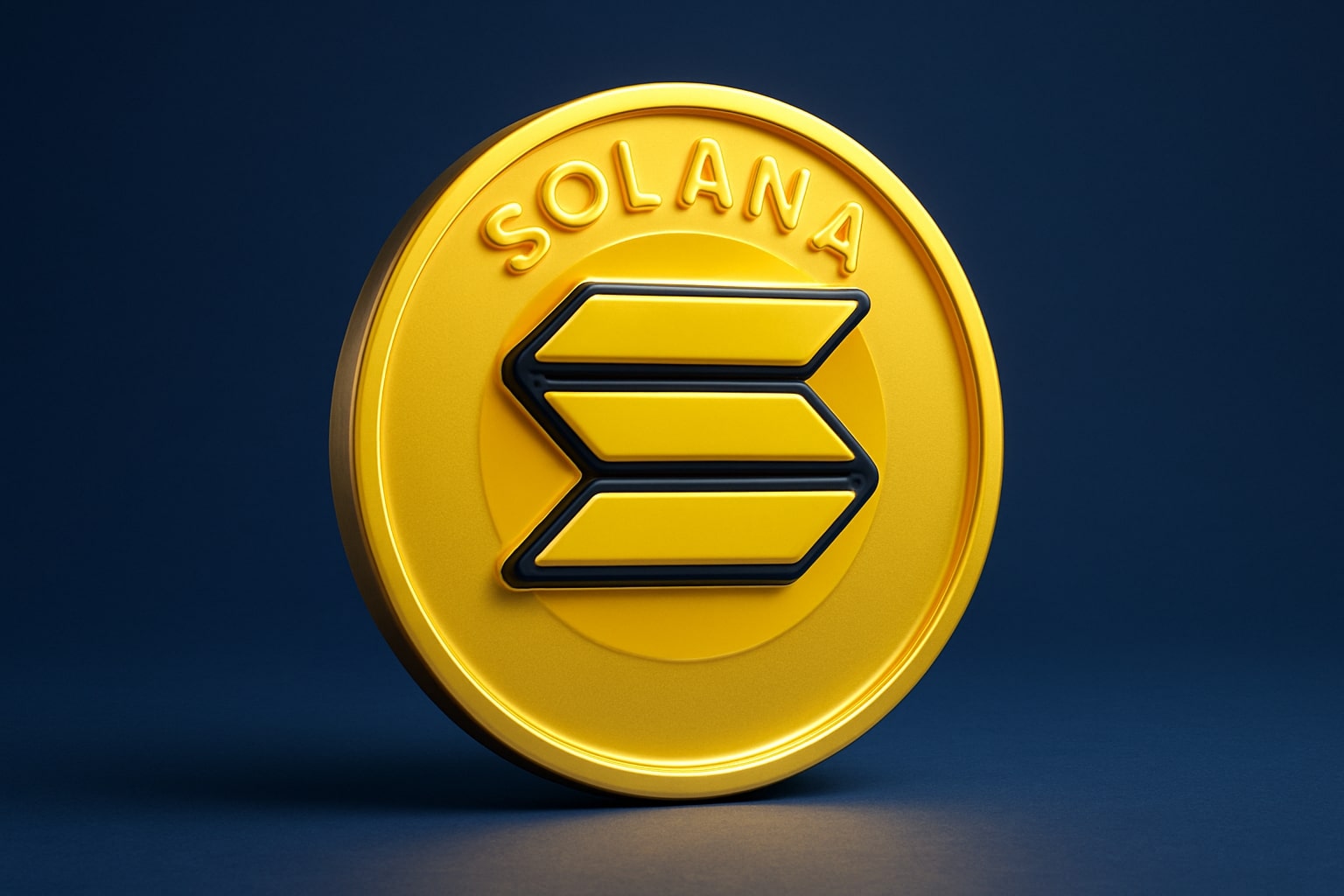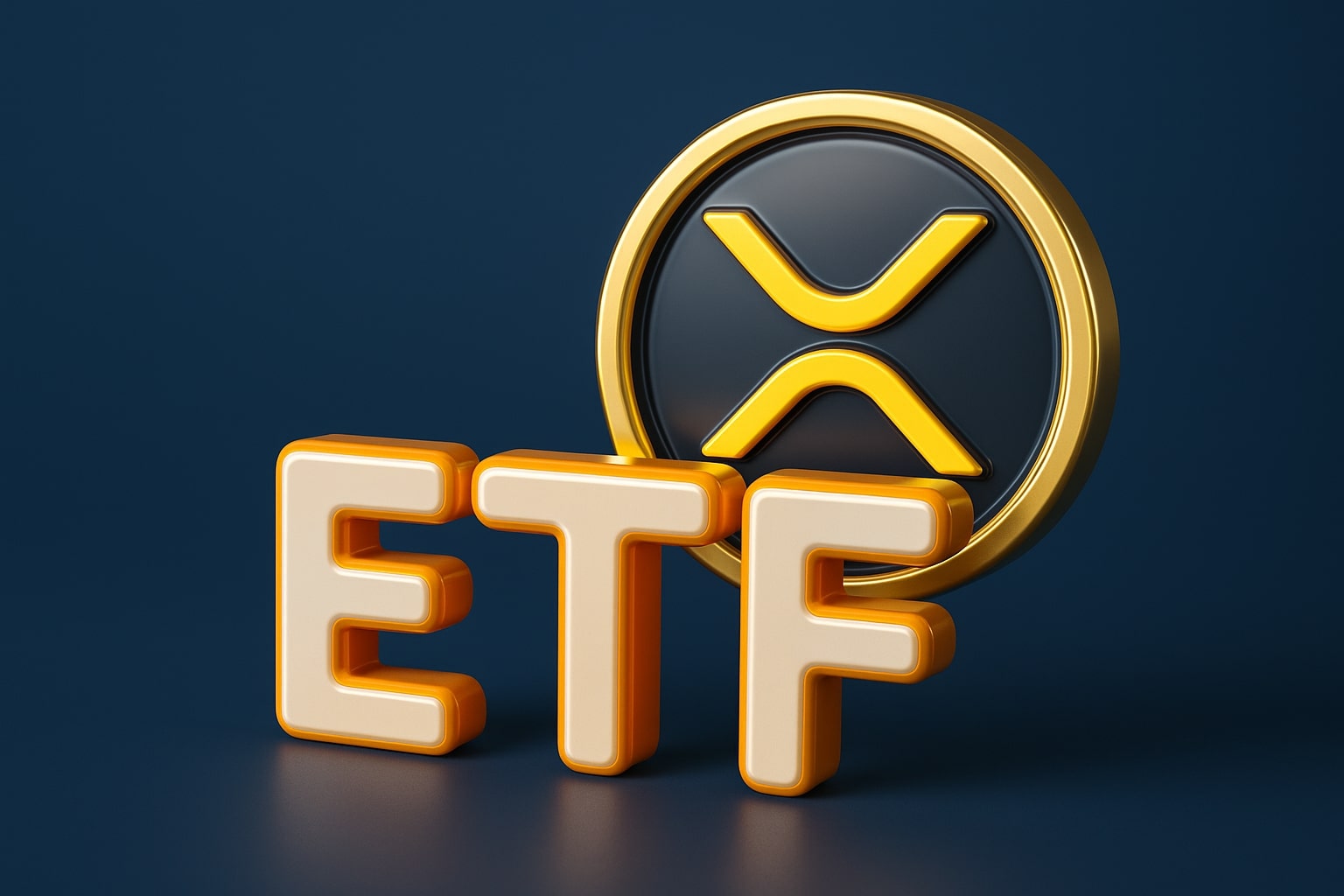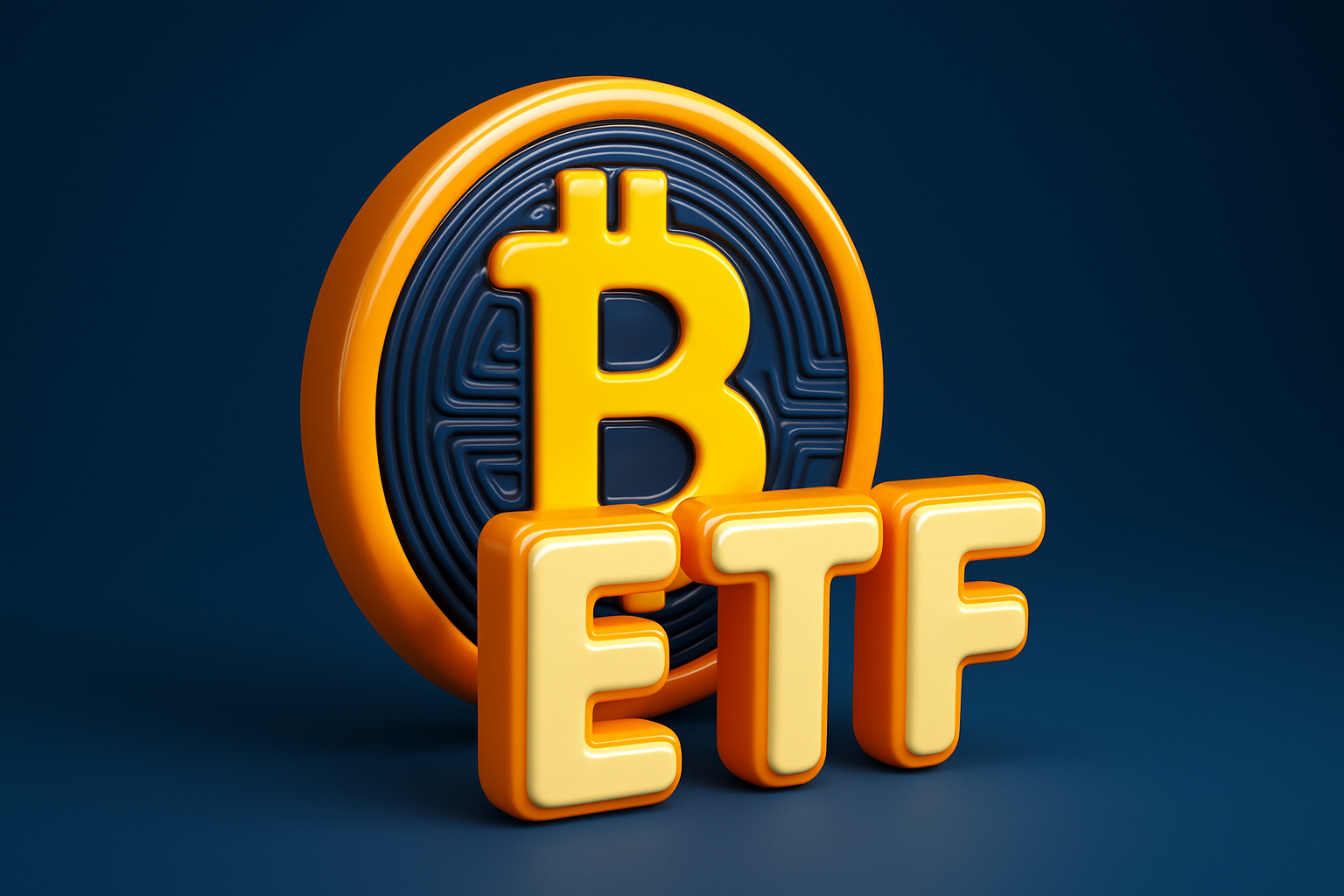SOLANA (SOL-USD): PRICE AT A PIVOT — $217 SUPPORT, 1,000% VOLUME SPIKE, BINANCE LAUNCHPOOL TAILWIND, ETF CATALYST IN PLAY
Market Snapshot: SOL-USD Sits On A Knife-Edge Around $217–$218
Solana’s spot price has gravitated to the $217–$218 band, down roughly 2.8% on the day at $217.98, after a choppy week that pressed the token into a well-defined decision zone. The range that matters now is tight and unforgiving: $217 is the near-term “line in the sand,” $230–$235 is the supply shelf capping rallies, while $210–$205 is the next demand pocket if bids fail. A closing reclaim above $228–$235 resets momentum higher; a clean daily break below $217 risks a drift to $210 first and then $202–$200. Hold that $200 round number, and higher-timeframe structure remains intact; lose it decisively, and a deeper test toward $190–$185 opens.
Liquidity Shock: Trading Volume Explodes 1,000% As Meme Flows In Australia Hit The Gas
A 1,000% jump in 24-hour trading volume has ripped through SOL pairs, with the surge tied to an aggressive meme coin rotation led by Australian venues and traders. These flows are not just noise; when liquidity spikes by an order of magnitude, slippage compresses and price discovery accelerates. For SOL-USD, the volume shock is fuel for a quick move in either direction once $217 breaks or $228–$235 is reclaimed. If liquidity holds at this new plateau, expect spreads to remain tight into the next impulse above $235 and toward $240–$245.
Binance Launchpool Meets Solana: Distribution, Depth, And A Larger Buyer Funnel
Binance’s Launchpool has become a distribution highway for early-stage tokens. When those tokens are Solana-based, two things tend to happen at once: the projects get immediate visibility to tens of millions of exchange users, and SOL liquidity deepens around those listings. That matters at current prices. With SOL wrestling at $217, Launchpool-enabled inflows can be the incremental bid that turns an otherwise fragile bounce into a sustained push through $230–$235. Launchpool’s value isn’t theoretical—it routes stakers’ BNB and other assets into new emissions, and historically those emissions translate into day-one trading volume that bleeds back into SOL pairs as users rotate collateral and harvest yields. Translation for traders staring at $217: Launchpool cycles increase the probability that dips into $210–$205 attract real demand rather than knife-catching noise.
ETF Optics: Bitwise’s Solana ETF Filing (0.20% Fee, Staking Feature) Lowers The Threshold For Institutional Flows
A low-fee (0.20%) Solana ETF proposal with an embedded staking component is a serious framing device for big money. At a price near $217, every basis-point of fee friction matters to allocators. The staking wrapper adds a native yield profile that makes SOL more competitive in multi-asset crypto sleeves. Near-term, headlines cut both ways: delays or pushback can knock SOL back through $217 toward $210–$205; positive milestones have a history of pulling price into the overhead pocket at $230–$235 and, on follow-through, toward $245–$250. The ETF narrative isn’t just about “more buyers later”—it tightens the link between on-chain yield and off-chain wrappers right now, which is supportive of dips while price is south of $225.
Capital Rotation: From BNB To SOL, And Why That Matters At $217
Capital has been rotating out of BNB toward SOL as traders chase better risk-adjusted upside. With BNB printing fresh highs earlier and SOL carving higher lows, the re-allocation is showing up in order book resiliency when SOL trades into support. This rotation is not infinite; if $217 breaks, some portion of that flow will step back and reload closer to $210–$205 or even $202–$200. But as long as $217 holds on a closing basis and intraday wicks are bought, the BNB→SOL rotation acts as a cushion and a springboard—two qualities you want when price is compressing just under $228–$235.
Macro Market Context: Bitcoin Dominance Slips To ~57.3%, Giving Alts Room
Bitcoin dominance near 57.3% suggests the door is at least ajar for alt outperformance. When BTC dominance backs off and liquidity is plentiful, SOL historically captures a larger share of speculative and strategic flows. At $217, that backdrop increases the odds that supports hold and bounces get sponsored. If dominance lurches higher again on macro shocks, expect SOL to respect the downside handholds at $210–$205 and $202–$200 before buyers attempt another rotation.
Tech Stack Momentum: Firedancer, DoubleZero, Validator Advances — Why Throughput Narratives Anchor Higher Lows
Fundamentals can feel abstract at a screen price of $217, but they determine whether bids are sticky. Firedancer and validator-side upgrades point to lower latency and higher throughput—precisely the attributes that attract market-structure-heavy use cases: perps venues, consumer apps, and high-frequency market makers. Those users don’t buy SOL because it’s fashionable; they buy because blockspace is fast and cheap. If the $217 shelf holds and the network continues printing these upgrades, value accrues to SOL at the margin, which is how resistance layers like $228–$235 eventually break.
Stablecoin Payrolls And Treasury Flows: Why USDC/USDT Rails Matter For SOL Demand
A rising share of crypto-native payrolls is being denominated in stablecoins, and SOL is increasingly a rail for those settlements. When stablecoin velocity picks up on Solana, fee burns increase, validator economics improve, and the token’s monetary flywheel spins faster. At a $217 handle, that shows up as grindy bid support on red candles—and an amplified push when price reclaims $228–$235. If stablecoin flows decelerate, expect the market to demand a discount closer to $210 to compensate.
Regional Spark: Australia’s Meme Wave Is A Real Order-Flow Story, Not Just A Headline
The 1,000% volume shock tied to Australia’s meme coin burst matters because it re-prices liquidity for everyone. The first-order effect is obvious—bigger tapes, tighter spreads—but the second-order effect is what sustains moves: arbitrageurs, market makers, and cross-venue quants warehouse more SOL inventory when turnover jumps. Sitting at $217, that inventory becomes the margin of error that can absorb sell programs and still let price rotate back to $225–$228 quickly.
Technical Map: Exact Levels, Exact Triggers
Price: $217.98 intraday, heavy interaction around $217 pivot
Immediate support: $217 first, then $210–$205, with $202–$200 as must-hold weekly shelf
Overhead supply: $228–$235 as the near-term lid, then $240–$245, with a momentum test at $250
Momentum tell: reclaim and hold $228 on 4-hour closes, then print a daily close above $235 to unlock $240–$245
Invalidation on the long side: decisive daily close below $200 that is not reclaimed within 48 hours
Stretch targets under constructive conditions: once $250 breaks on volume, roadmap extends to $295 and, on trend extension, $416–$464 per the higher-timeframe measured moves cited by technicians tracking SOL’s prior impulse structure
Risk Tape: What Can Go Wrong From $217
ETF delays or negative headlines can flip $217 into resistance swiftly and push the token to $210–$205 on thin liquidity hours. If $205 slips without a fight, machines will probe $202–$200. A deterioration in Bitcoin liquidity or a sharp spike in BTC dominance can turn any SOL bounce from $217 into a fade back toward $210. Regulatory noise tends to widen spreads; in that regime, insist on confirmation—$228 reclaimed and held—before leaning into upside continuation.
On-Chain Positioning And “Insiders” In Crypto Terms
Unlike equities, “insider transactions” are not disclosed via regulatory forms for SOL; the closest analog is whale-scale on-chain wallet behavior and exchange inflow/outflow prints. When price is $217–$218 and exchange inflows rise, expect overhead pressure at $228–$235 to stiffen. When you see net outflows during dips, that’s the signature of accumulation—and the kind of flow that converts $217 into a launchpad rather than a trap. Treat those signals as your “insider tape” in crypto.
What The Next $10–$20 Means For Strategy
A $10 slip from $217 to $207 is noise inside a larger uptrend if $200 holds on a closing basis. A $20 push from $217 to $237 is the confirmation window bulls need: it breaks the local lid, pulls stops, and usually begets $240–$245 quickly. With 1,000% volume spikes now in the rearview, the follow-through probability on a clean $235 break is higher than it was a week ago, provided BTC isn’t simultaneously rolling over.
Positioning Call At $217–$218: Buy, Sell, Or Hold?
Buy the dip with guardrails. The tape supports a buy-on-weakness approach between $210–$217 with a strict risk trigger below $200 on a daily close. Add on strength above $228–$235 into $240–$245 if volume remains elevated. De-risk below $205 if liquidity thins or BTC dominance spikes abruptly. For portfolio labeling, that’s constructive-bullish with tactical risk control rather than a blanket hold or an outright fade at $217.
Why This Call Fits The Data On Your Screen
Price is camped at $217–$218, exactly where buyers and sellers agree to disagree. Liquidity is not theoretical; it just rose 1,000% alongside a regional meme rotation. Distribution rails are hot via Binance Launchpool. The ETF drumbeat is lowering friction with a 0.20% fee target and staking hooks. Bitcoin dominance is easing toward ~57.3%, leaving room for alts to breathe. The network’s throughput roadmap is real, not just marketing, and those fundamentals show up as stickier bids on every trip back to $210–$205. Respect $200 as the fail-safe, respect $235 as the near-term unlock, and let the flow tell you which side has the upper hand day to day.
That's TradingNEWS


















